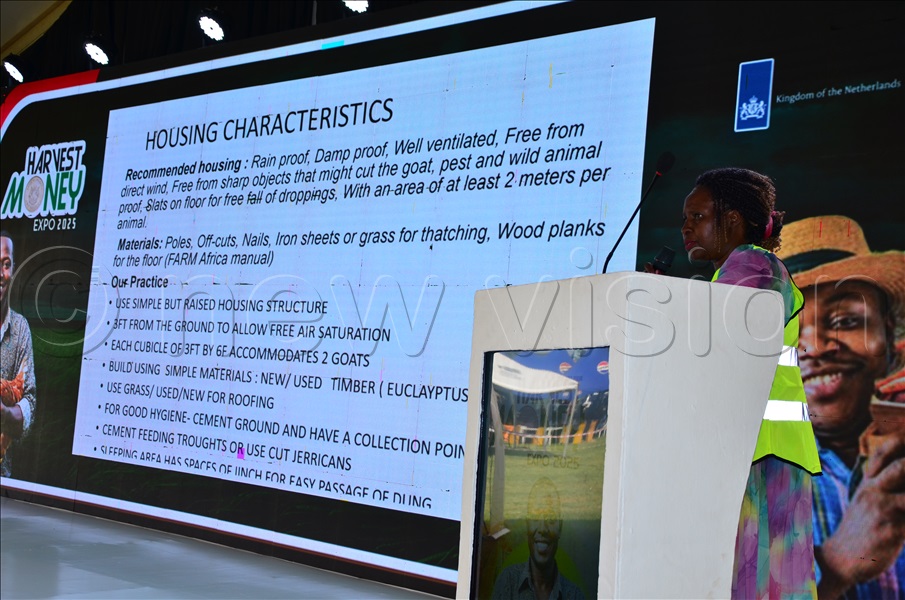In recent years, goat farming has quickly transformed from a niche agricultural venture to a booming commercial industry, offering farmers a lucrative opportunity to diversify their income.
With demand for goat meat, milk, and wool rising globally, farmers are increasingly turning to goat farming as a sustainable and profitable business model.
For instance, a kilogram of goat meat at the Ugandan market is around sh20,000, while that of beef is about sh16,000. This itself means that goat meat and other products produced, like ghee and cosmetics, are highly demanded.

The experts said one of the key success factors in achieving commercial-scale production is selecting the right breed.
Several high-yield goat breeds are popular for meat and milk, such as the Boer and Kiko goats for meat production and the Saanen and Nubian goats for dairy.
These breeds are not only known for their superior production rates but also for their hardiness and ability to thrive in various environmental conditions, making them ideal for a variety of farming landscapes.
Edgar Muhumuza, a goat farmer and breeder, says that raising a good goat starts when it is still a kid.

While lecturing, hundreds of expo goers at the Harvest Money Expo happening at Namboole National Stadium said that 90% of kids weighing 3.5 kg at birth can survive.
This is quite different from 50% of the kids weighing 20 kg or less, who tend to die.
The expo was organised under the theme of Farming as a Business, Value Addition, and Cooperatives. Muhumuza added that 20–30 kids weighing 2.5 kilogrammes can survive or die. But nonetheless, it reduces the quality of the meat.
The speaker stressed the importance of proper nutrition and care for kids in their early years to ensure healthy growth and development.

He urged farmers to prioritise balanced diets to improve survival chances and enhance overall health outcomes for their kids.
When it comes to milk production in goats, the size of the udder matters. This is one of the signs that a goat can produce milk more than expected. Expectedly, larger udders typically indicate a higher capacity for milk storage, which can lead to greater milk yields.
Therefore, farmers should consider udder size as a key factor when selecting goats for breeding and milk production, she advised.
The expo is sponsored by Engineering Solutions (ENGSOL), Tunga Nutrition, aBI International, Uganda Development Cooperation (UDC), Bella Wine, the Kingdom of Netherlands, and Pepsi.





